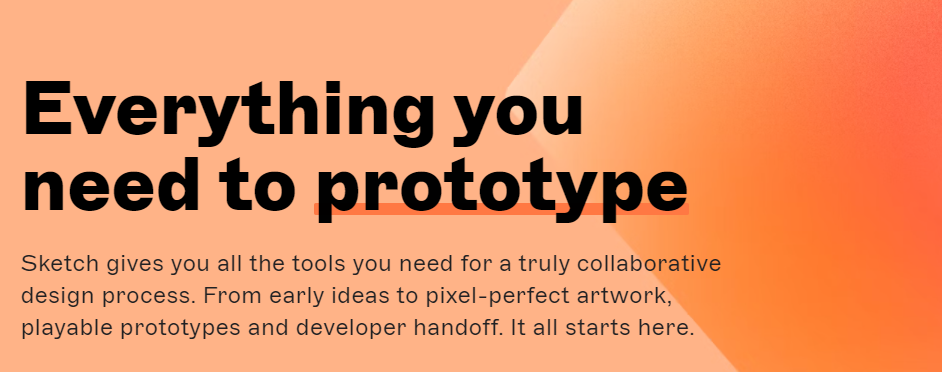A website is a useful tool for communicating with clients, and visitors frequently judge a business or service based on its appearance. Web developing is a widely used term that refers to the different skills involved in creating websites.
The planning and creation of a website are known as web development practices. Information architecture, user experience, page structure, navigation, layout, colors, fonts, and images are all part of this process. Thus, the information is coupled with design principles to produce a website that fits the owner’s and designer’s objectives.
Developing a website can be long and overwhelming if you are not using the right tools. Here is a list of the six best tools for web developers.
1. Django

Django is a website developing tool that enables the rapid creation of a dynamic and engaging website. It is popular because it provides shortcuts to typical operations. They can help you with user login and data submission via forms and explicit protocols for dealing with security issues.
In addition, they require the user to adopt the basic patterns of the Model-Template-View architecture since they follow it. It cuts down on repetitious code and improves the site’s security. Each Django application does a single purpose, i.e., each application delivers unique functionality while blending into a single web page.
2. Adobe Dreamweaver

Adobe Dreamweaver, developed by Adobe, is the first to allow users to change websites graphically rather than through coding. Because it is incredibly user-friendly, it has quickly gained a lot of love from web developers.
The most significant benefit is that Dreamweaver allows you to take your concept from a drawing to a fully functional website. The page may be altered instantly with all of the tools available in this program. The great thing is that all modifications are immediately visible.
Moreover, Dreamweaver persuaded all skeptics who thought that a website needs to be built by using codes. To utilize it, you’ll need a basic understanding of HTML, CSS, and JavaScript, which are the foundations of web development.
3. Angular

Google created the AngularJS frontend framework to help web developers. It is JavaScript-based structured farmwork and allows you to develop dynamic web applications. It lets you use normal HMTL and CSS and helps you expand HTML’s capabilities.
Data binding and dependency injection in Angular minimize the need to write a lot of code. Angular allows you to construct the client-side of your application quickly and efficiently.
The application must have its backend and base to be complete. Angular streamlines application development by providing the developer with a single level of abstraction.
4. GitHub

GitHub is a well-known Git-based online storage and hosting service. It has a web-based graphical interface and PC and mobile interaction. Users can access private repositories and free accounts, which are generally used to host open-source software projects.
The most significant benefit of this software-based tool is that it allows an entire team of programmers, developers, and web designers to collaborate on a single project while concurrently monitoring progress and correcting errors.
5. Figma

Figma is a prototype and design tool for cloud-based digital websites and apps. It was created to allow users to collaborate on projects. Although this tool functions similarly to other prototyping tools, the ability to collaborate on projects in groups is a significant differentiator.
Figma is perhaps the most user-friendly alternative many beginner web developers find useful. It is a cloud-based vector application that allows users to work from anywhere using their browsers. It works on individual initiatives and collaborative efforts, which is a great option.
Plus, the browser-based design is intelligent enough to store your work as you go and even maintain consistency if your internet connection is lost for a little period.
6. Sketch

Sketch has many features, especially for those who work on the web or are planning on starting. Sketch’s simplicity is one of its most appealing features for beginner web developers. Even such sophisticated instruments can be simple to use.
You may easily “re-use” elements and icons you’ve produced in Sketch. That is saving you a lot of effort in the future. It is the tool for you if you need a good design and drawing tool. It is enjoyable to work with this tool, regardless of prior expertise.
It is not difficult to learn new things and attempt new developing styles. It doesn’t have many options, so you’ll be able to get through everything quickly.
Conclusion
If you are a web developer and are looking for new tools that will help you create a website faster, you need to try some of the tools mentioned in this article. All of them are perfect for beginners and professionals.
As a result, the tools you use are critical to the website’s success. You’ll need strong web design software to make a good website. Feature-rich tools like these will aid in the creation of a feature-rich website.
